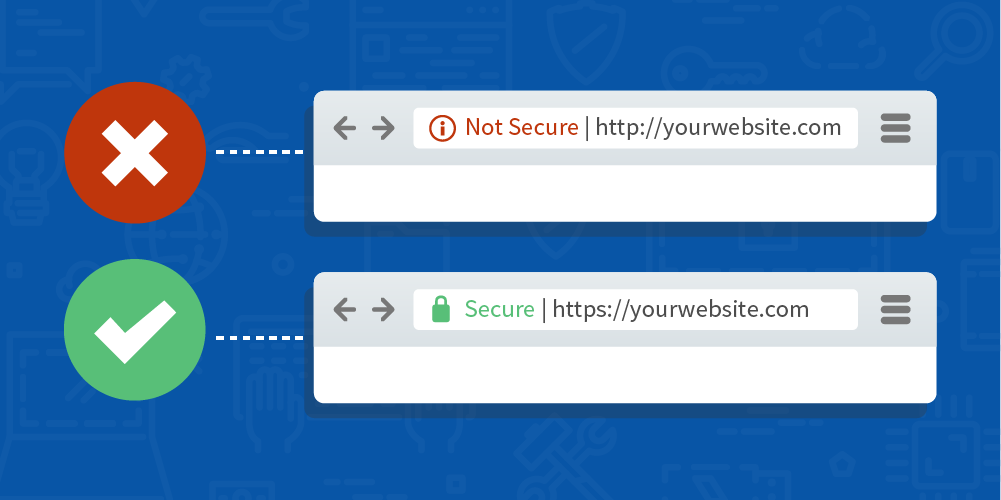Steps to create a secure website- How do I get a secure website
There are more than one billion websites active online and have more than seven visitors online right now. Every second, a new site is generated into this world. These are numerous websites, so how are they created, and how can you create one? Also, how to keep them secured from all the cyber threats?
How To Secure your website with 6 easy steps
The steps required for creating a website, from registration to operation, coding, design, and growth, can be a very complex and lengthy process. Every step has its own significance; this article will help you to set up a secure website.
1. Select Your CMS
How can you build your website? These days you don’t require a computer programmer to create your own fully functional website, it is possible just because of CMS (Content Management System). With CMS solutions like Drupal, Joomla, and WordPress, building a website is as simple as creating a Lego house.

It doesn’t matter what CMS you select, and there are always new exploits discovered on a weekly basis. It means you have to stay on the top of software patches and updates to secure your website.
2. Sign Up for a New Web Host
Your web domain name is just like a street address, and CMS is the material that is required to build your website, but the web host is the individual that will keep your site running online. Some of them offer free services and come with embedded ads or bandwidth limitations, and also, some commercial options will run much better.
Most of the web hosts offer server security features that can fully protect your website’s uploaded data. Always ask your web host if they are offering SFTP (Secure File Transfer Protocol,) which makes the file uploading much faster.
Several reliable web hosts also provide effective file backup services, which have a security policy that will keep you updated on the security upgrades.
3. Design your website with adequate security measures
Consulting a professional web designer might be worthy of your time and money, but if your website is not complicated, then there is no need to do something fancy. These days, simplicity is the major rule, and minimizing plug-ins and add-ons is recommended for security, operational, and aesthetic concerns.
The main power of your website must be text-based and how to present the product clearly, with great images and designs. So, it would help if you focused on preventing lousy design than implementing a great design.
4. Apply a WAF (Web Application Firewall) to protect your website.
Once your website is active on the Internet, it is exposed to a wide range of cyber threats. The automated bots are always scanning for vulnerable sites, especially the newly created websites, as they are the tempting targets. By adding an effective WAF (web application firewall), you can easily secure your website even before the stacks start.
5. Do your business online by SSL (Security Sockets Layer)
If you are going to have registrations on your website, especially is there is any kind of transaction, you will always need to encrypt that connection. By using SSL certificates, you can create a secure bond between your site and client’s devices, making sure that no one can enter in between and hijack, monitor, and close down any transactions.
So, you must select a reliable SSL certificate, which pairs well with almost every website.
6. Grow as a Respected, Responsible member of the World Wide Web
When you have a functioning website, which is protected from all the security threats, and you are fully engaged in your business. Your main focus must be to grow and reach more users. Reach out to the people through SNS, create your website to include in the search engines, and take full advantage of the SEO opportunities.
The Internet is your savior, but never takes lightly about your security needs, and always focuses on maintaining a reputation by taking responsibility for the cybersecurity measures. Once you have completed all the steps, your website is ready for the business on the Internet.
Conclusion
A hacker attack can occur every 39 seconds, which affects several big websites every year. So, never leave the front door of your site wide open. You always need to secure your website; it means you have to place enough protection to keep out bugs, hackers, and other online threats. Otherwise, your website’s data could be at risk, you could even lose money, or your website could crash.





